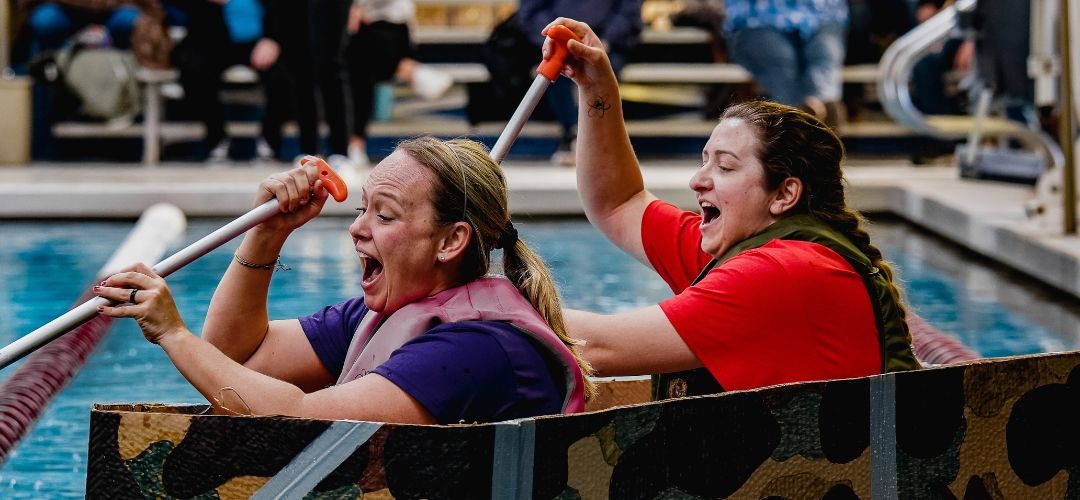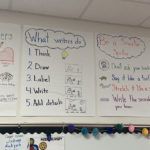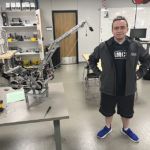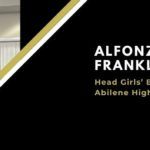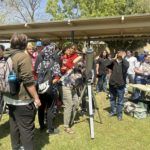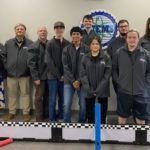Six years ago, one of Abilene ISD’s most iconic academic events made its first splash.
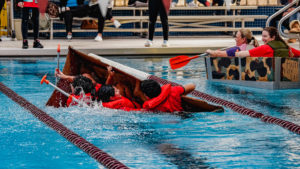 Dr. Ketta Garduno, then the principal of ATEMS, wanted to create a Science, Technology, Engineering, and Math-centric activity involving high school and middle school students. The goal was to illustrate what students could receive from a STEM education.
Dr. Ketta Garduno, then the principal of ATEMS, wanted to create a Science, Technology, Engineering, and Math-centric activity involving high school and middle school students. The goal was to illustrate what students could receive from a STEM education.
And just like that, the cardboard boat race was born in 2016.
Since then, students from ATEMS and the district’s middle schools have participated in an annual event showcasing the skills taught in STEM classes throughout the district. The pool at McMurry University was the host for the 2022 edition of the event as AISD’s best and brightest put their engineering and design skills to the test. As always, the goal was to “race” their boats – only cardboard and duct tape need apply – and demonstrate which team put together the flotation device that would travel the farthest and stay above water the longest.
The winners and losers of each year’s races don’t matter to ATEMS engineering teacher Larry Haney. The goal is a healthy and constructive learning process for each student.
“These students are using all of their different skills,” said Haney, who was part of the team that planned the first race event in 2016. “We teach them the engineering design process from the first day in their engineering classes, so they follow the design process they’ve been taught.
“They know how to brainstorm,” Haney said, “and the one thing all our kids know how to do is collaborate on a project. They collaborate and communicate on best designs and processes throughout this project.”
Duct, Duct… Go!
The materials may be relatively simple. The process is anything but. Each group is provided 20 sheets of cardboard, two rolls of duct tape, one gallon of wood glue, one roll of masking tape, four paintbrushes to apply the bond, and short canoe paddles to use during the race. The groups begin meeting six weeks before the race to begin boat construction. Decisions must be made about the boat’s design, taking into consideration the body mass measurements of each team member in the boat to best determine buoyancy and water displacement.
“We have to think of the initial design at the outset,” said senior Duncan Lucas, who has participated in the event four times in the last five years. “We can draw our ideas on paper or make a 3-dimensional mockup of the boat. We only get a certain amount of cardboard, so we must think carefully about our design. Do we want to do a design with a triangular front or a square front? A square design won’t go through the water as easily and won’t go straight. A triangular design is harder to build, but it performs better.”
Most teams, Lucas said, take on the challenge of building the triangular design. After picking a plan, measurements are taken of each team member to determine which combination of occupants will keep the team under the weight limit for each division. Groups then calculate where the water line should be on their boats and the best places to use duct tape to help keep them afloat.
“This project breaks down the engineering process to its simplest form,” said Lucas, who plans to attend Texas A&M University and major in aerospace engineering. “You start with a simple sketch, and you have to work and cooperate and communicate within a team setting. You take all those elements – design, body measurements, and building materials – and put them together, and hopefully, you walk away with a boat that floats.”
Time for the Next Level?
On race day, the boats are finally put into the water, and the students begin doing laps in the pool. Awards are given for the fastest first lap, most laps completed, and longest in the water. After years of experimenting and learning the best way to build, two of the teams in this year’s competition put together boats that might have been a little too well constructed.
“This year’s event went well; in fact, it might have gone too well,” said Haney. “We had to roll one boat in each division because they wouldn’t sink in the water after more than one hour. We might have to change a few things before we start working on next year’s competition. But that’s what we’ve done since this started. We looked at different schools that had done similar things and devised a plan, and it went very well. Since then, we’ve taken that model and tweaked it here and there, and it’s been a great event.”
Congratulations to all of the incredible student participants and team coaches who participated in this year’s 7th Annual Cardboard Boat Races!

